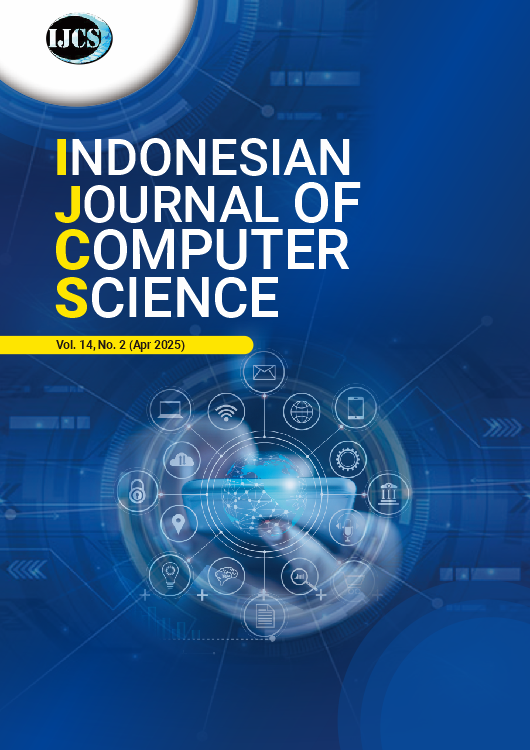Drone Detection and Identification Using SDR: Analysis of DJI Mini 2 Drone ID Signals
DOI:
https://doi.org/10.33022/ijcs.v14i2.4850Keywords:
Signal Detection, Thresholding Non-Parametric Amplitude Quantization Method, DJI, Drone Communication, Spectrum AnalysisAbstract
The increasing adoption of Unmanned Aerial Vehicles (UAVs) for both commercial and recreational purposes has raised significant security and privacy concerns. DJI OcuSync 2.0, a proprietary communication protocol used in DJI drones, enables high-definition video transmission and telemetry over dual-frequency bands (2.4 GHz and 5.8 GHz). Detecting and identifying OcuSync signals in a crowded RF environment is crucial for effective drone monitoring and threat mitigation. This study presents an SDR-based detection system utilizing the USRP B210 with a 50 MHz sampling rate to capture OcuSync signals. Signal analysis is performed using Short-Time Fourier Transform (STFT) and Welch’s method for estimating Power Spectral Density (PSD). A Non-Parametric Amplitude Quantization Method (NPAQM) is implemented for dynamic threshold estimation to improve detection sensitivity. The system is tested under varying Signal-to-Noise Ratio (SNR) conditions, demonstrating high detection accuracy and robustness against interference. The proposed system provides a reliable framework for real-time OcuSync signal identification and can be adapted for broader UAV detection applications.
Downloads
Published
Issue
Section
License
Copyright (c) 2025 Thi Thi Khaine, May Su Hlaing, Tin Tin Hla

This work is licensed under a Creative Commons Attribution-ShareAlike 4.0 International License.





